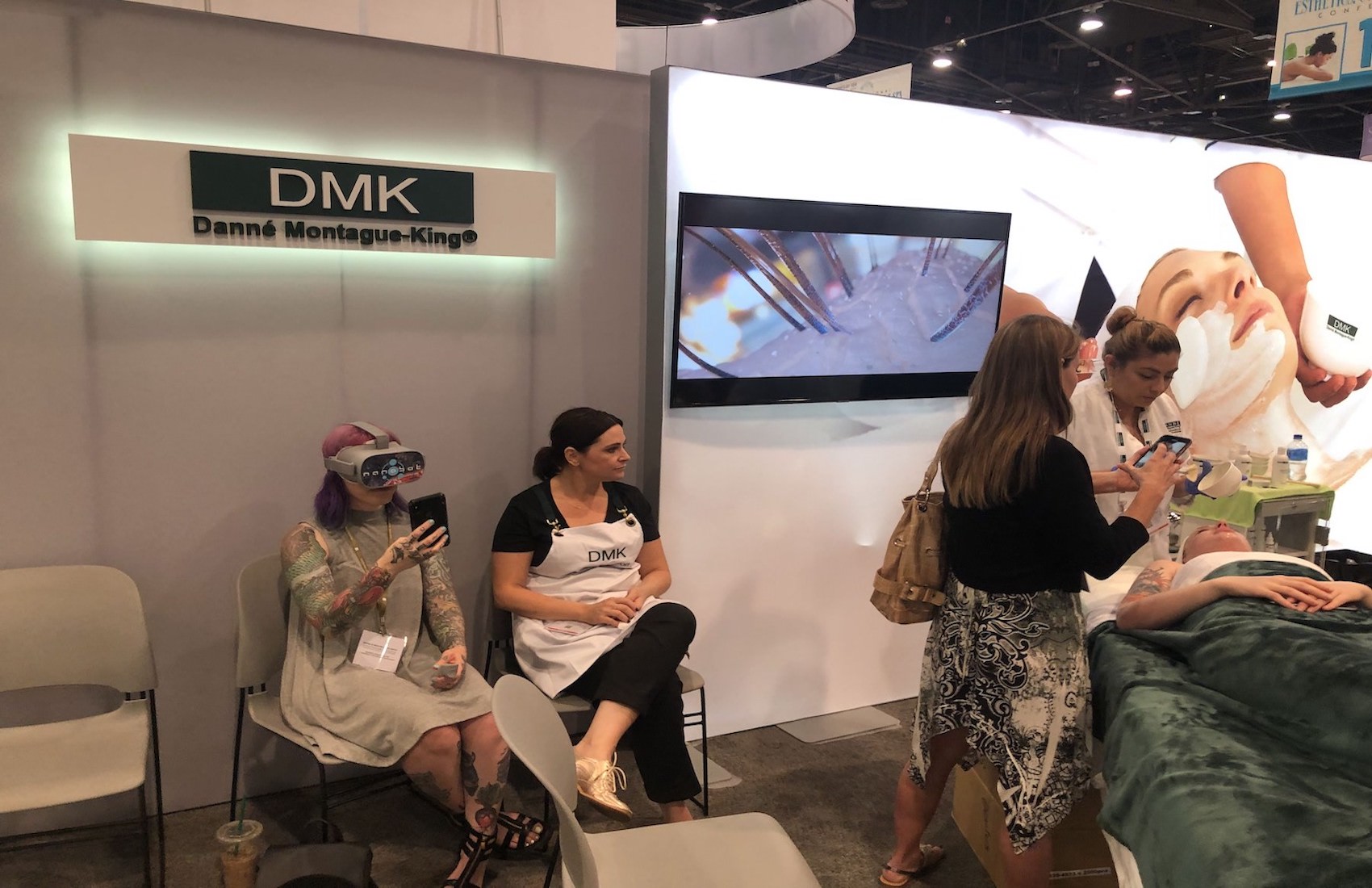Virtual Reality (VR) technology has expanded its horizon beyond computer games long ago. Today, developers apply it in many various fields, including healthcare. According to numerous forecasts for 2021, the market share of virtual reality technologies developed, especially for the healthcare industry, will reach $2.9 billion.
1. AR, VR, and MR: Key Features and Differences
AR (Augmented Reality) is a technology that places virtual objects over the perceived real world. AR is all about providing additional information and functionality to real objects (augmenting reality). Healthcare is among the industries that benefit the most from using AR. For example, there are special applications that allow future doctors to study different medical cases. They can examine patients, diagnose diseases, and even treat using a variety of sensors and medical devices. There are also special mobile applications that monitor the well-being of the patient. AR technologies are continually improving and developing.
VR (Virtual Reality) is a technology that allows creating artificial immersive worlds and environments
that a person can perceive with their eyes and ears.
Nowadays, healthcare employs VR technology in the following cases:
- Surgical medical training that allows future surgeons to put their theoretical knowledge into practical experience. Not many students have an opportunity toperform real surgery;
- Rehabilitation after brain injuries or strokes. Using particular applications, patients can practice finger and limb movements. Even though patients do not move in reality, their cognitive abilities improve significantly. This increases motivation and stimulates recovery.
- Virtual reality allows learning what happens to the human brain during dementia or Alzheimer’s disease. Specialized surgical neural prostheses help to monitor electrical activity in the brain. After the implants are installed, patients use VR equipment to navigate the virtual environments during the treatment.
- Some programs aim at distracting the patient’s mind from pain and reducing stress. Such applications imply movements and various visual effects to eliminate brain dissonance.
MR (Mixed Reality) combines elements of virtual and augmented reality. A person can interact with the external world, where there are virtual objects that are almost impossible to distinguish from the real ones. MR technology is widely applicable in medicine.
AR/VR/MR technologies have common features:
- Technologies are distinct by immersive visualization and based on the visual and auditory perception by allowing controlling the virtual objects. Moreover, you can use it by yourself or simultaneously with other people.
- Technologies have a broad scope of application in healthcare. You can apply programs for training purposes as well as for effective treatment.
At the same time, AR/VR/MR technologies have the following differences:
- Varying tasks and goals. AR technology does not isolate the user from the surrounding, while VR allows completely immersing yourself in artificial or virtual worlds.
- Ways of implementation and approaches. It is enough to have a smartphone or a laptop to experience augmented and mixed reality. However, virtual reality requires special equipment and software.
2. How Much Does the VR-compatible Equipment Cost?
As you know there are tethered and standalone VR Helmets. If you are using tethered VR as HTC Vive you will need to buy an additional modern computer with powerful graphic cards as all the rendering will be processed there. There you can smoothly run medical simulation programs of any complexity and level of detail. The estimated cost of such a computer can be around $1.500 -$2.000.
In case you need to show a VR content out of the office, for instance during sales visit etc. you will need a high-quality standalone VR headset with a wide range of functions. We advise paying attention to the Oculus Quest Bundle. The cost of such a standalone VR helmet is around $400. This state-of-the-art VR headset is easy to set up; it has built-in sensors that transform movements into virtual reality. Another good option is Oculus Go headset. It is a great helmet for conference presentations, showing 360-degree videos which animation company can create for you. Or reach Nanobot Medical animation studio and we will help you.
3. What Is the Cost of VR App Development?
On average, the development of VR applications for the medical field varies from $30.000 to $100.000+. However, the cost of a particular app always depends on the technology itself and required functionality. For instance, some clients want to develop 360-degree medical animation of a specific process. If it is surgery with several standard stages (incision, escharotomy, suturing), the cost will be lower. If you include analytics, testing, recording, collaboration technologies, or remote control, the price would be higher. Therefore, you should consult the developers first to estimate an accurate cost regarding your requirements.
The Bottom Line
AR and VR technologies are a big part of modern life, and it is not surprising that it is widely used in different scientific fields. They provide numerous benefits for healthcare and medicine.
Nanobot Medical has extensive experience in the development of 360-degree/VR medical applications and simulations. You can always contact us for advice on all emerging issues or order a ready-made app.
Download Free eBook “How much does Medical Animation explainer cost?”
- Should you choose Freelancer or Studio as a medical animation provider?
- What is the COST structure?
- Prepare BETTER for the project
- How to SAVE the budget?
- How to AVOID common mistakes?
});

The post FAQ about medical VR / AR / MR appeared first on Nanobot Medical Animation Studio.







